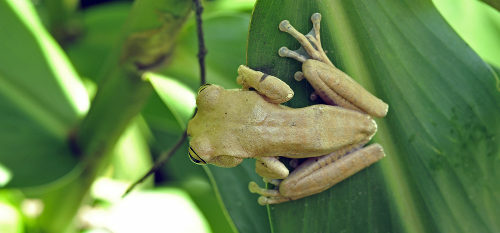According to probabilistic principles, the occurrence of two independent events does not affect the probability of one over the other. This means that when tossing, for example, two coins, or even one at two different times, the result of one toss does not influence the other.
MATHEMATICALLY, THIS RULE RESULTS IN MULTIPLICATION OF SITUATIONS.
When we flip the same coin twice, what is the probability of getting the heads face twice?
As there are two possibilities (heads or tails), the chance of coming out “heads” on the first throw is half (1/2 or 50%), as well as on the second throw.
Therefore, the probability (P) according to the proposition will be the product (multiplication) of the possibilities that involve the occurrence of events separately.
P (1st release) = 1/2
P (2nd release) = 1/2
P (1st release and 2nd release) = 1/2 x 1/2 = 1/4, percentage equal to 25%
Practical example applied in Genetics
What is the probability of obtaining, in a cross of hybrid peas, a plant that is homozygous dominant in seed texture, and homozygous dominant in seed color?
Do not stop now... There's more after the advertising ;)
Problem Interpretation:
Pea genotype and phenotype according to seed texture
- Dominant homozygotes → RR / smooth
- Recessive homozygous → rr / wrinkled
- Heterozygous (hybrids) → Rr / smooth
Pea genotype and phenotype according to seed color
- Dominant homozygotes → VV / yellow
- Recessive homozygotes → vv / green
- Heterozygous (hybrids) → Vv / yellow
Problem resolution:
Crossing of the parietal generation: Rr x Rr and Vv x Vv
Descendants of this generation: RR / Rr / Rr / rr VV / Vv / Vv / vv
- Probability of emerging a plant with dominant homozygous
P(RR) = 1/4
P(VV) = 1/4
Therefore, the requested probability involves the product of P(RR) x P(VV)
P(RR and VV) = 1/4 x 1/4 = 1/16, percentage equal to 6.25%
The result had a low value, as it is a probability involving the analysis of two unusual characteristics.
By Krukemberghe Fonseca
Graduated in Biology
Would you like to reference this text in a school or academic work? Look:
RIBEIRO, Krukemberghe Divine Kirk da Fonseca. "Rule of E"; Brazil School. Available in: https://brasilescola.uol.com.br/biologia/regra-e.htm. Accessed on June 28, 2021.



